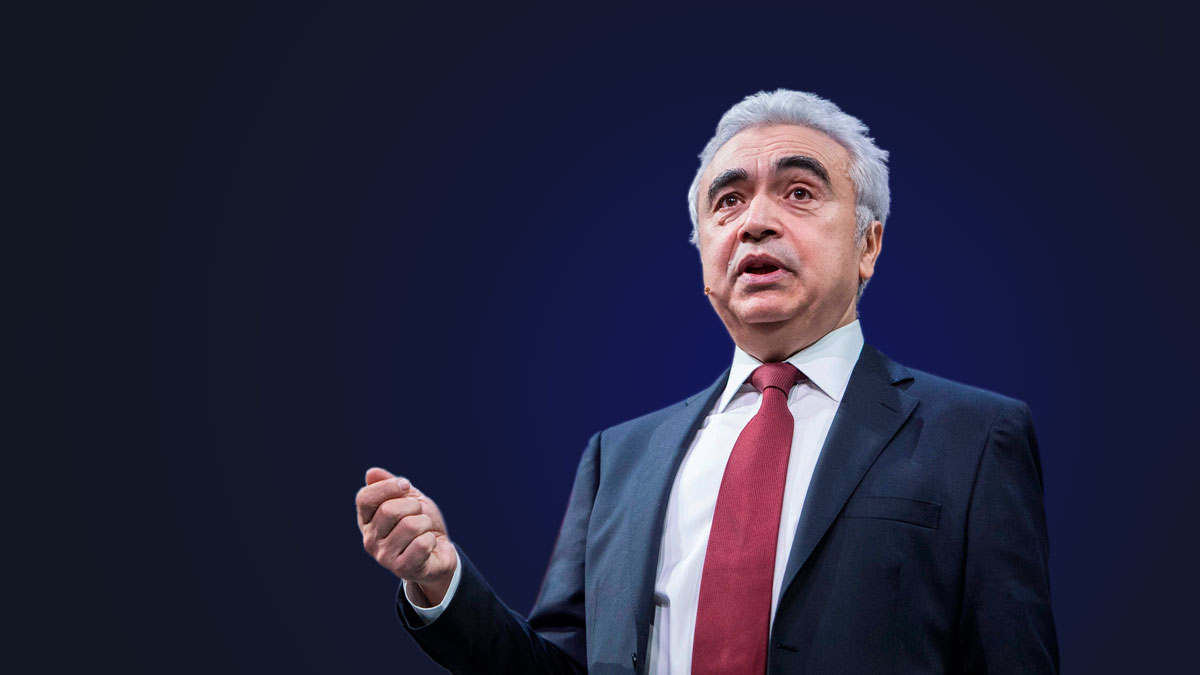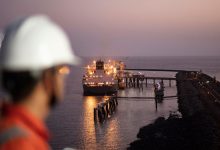Europe Facing Hard Winter
The International Energy Agency (IEA) has recently warned Europe that it should make drastic cuts to gas consumption in the following months, given that the old continent may face a long, hard winter. This warning comes at a time when the heatwave aggravates the energy crisis, the most serious faced by Europe in the last decades. According to IEA calculations, a quantity of around 12 billion cubic meters of natural gas should be saved in the following three months, i.e., the equivalent of 130 LNG tankers.
“In my conversations with European leaders, I have been urging them to do all they can right now to prepare for a long, hard winter. It is encouraging to see the readiness of key European leaders to be proactive on this issue. It will require strong resolve and determination to see it through,” Fatih Birol pointed out.
According to Fatih Birol, Executive Director of the International Energy Agency, even if Europe manages to fill its storage up to 90% of capacity, there is still “a heightened risk for gas supply disruptions in the event of a wholesale Russian cut-off”. Moreover, the risks are even higher if Russian supplies are stopped before Europe can ensure a 90% filling rate of its gas storage facilities. Russia has already reduced gas supplies to Europe. Therefore, in mid-June Russia cut gas supplies through Nord Stream gas pipeline, and in July it stopped supplies through this submarine pipeline linking Russia to Germany through the Baltic Sea altogether.
The Nord Stream gas pipeline carries Russian gas to Germany through the Baltic Sea, through two lines of 1,224 kilometers each. It was commissioned in 2012, after an investment of almost EUR 7.4bn. According to data from the company operating the gas pipeline, 59.2bcm of gas were exported from Russia to Europe through Nord Stream in 2021.
Supplies through Nord Stream resumed
Germany is the European country most dependent on Russian gas. The German Federal Network Agency has already warned the citizens of this country that a hard winter is ahead, and the situation could become risky in terms of supply, especially since Gazprom has announced that it wasn’t certain that Russian gas supplies would continue to Germany, after the end of maintenance works at the Nord Stream pipeline, scheduled for July 21. Russia rather wanted through this announcement to test Germany’s reaction, as supplies were resumed immediately after the completion of maintenance works. Gas reserves are at the limit in Germany, in conditions in which the price is very high. According to the legislation, reserves should reach 80% in Germany by October 1 and 90% by November 1. This year, it is less likely that it will reach that level and restrictions on gas supply in the cold season for customers are not excluded. Germany has already lifted the warning level to the ‘alert’ stage, the second level in the EU’s energy crisis warning system out of the three existing, while other 12 states in the Community bloc have launched the first level of ‘early warning’. German Vice-Chancellor Robert Habeck, responsible for economy and energy, has ordered coal-fired power plants to be ready in case Germany runs out of gas. Germany uses most of its gas for heating and only 15% is used to generate energy, which can be replaced by coal-fired power plants.
Hard winter is coming
European consumers may face energy rationing this winter as costs continue to soar, Shell’s CEO Ben van Beurden also has warned. It will be a really hard winter in Europe, he said. In the worst case, Europe will need to ration its energy consumption.
In Alex Munton, Rapidan’s Director of Global Gas & LNG, view, this is the most extreme energy crisis that has ever occurred in Europe. Europe is looking at the very real prospect of not having sufficient gas when it is most needed, which is during the coldest part of the year.
Azerbaijan increases supplies through the Southern Corridor
Against this background, the European Union has turned to Azerbaijan, the European Commission signing a Memorandum of Understanding on strategic energy cooperation with this country. The document was signed on July 15 by the President of Azerbaijan, Ilham Aliyev, and the President of the European Commission, Ursula von der Leyen. EU-Azerbaijan energy cooperation is extremely important, and the Southern Gas Corridor becomes a much more important pillar on the European energy market.
With the completion of TAP (Trans Adriatic Pipeline) construction on December 31, 2020, Azerbaijan has started commercial gas supplies to Europe through the Southern Corridor. The Azerbaijani route to Europe consists of the South Caucasus Pipeline, TANAP and TAP. Last year, TAP carried 8.1 billion cubic meters of gas to Europe. By the end of 2022, Azerbaijan plans to increase gas deliveries to Europe to 9.1 billion cubic meters, and in 2023 the volume of gas deliveries is expected to reach 11 billion cubic meters.
In addition to the increase in gas supplies to Europe, the EU and Azerbaijan are also interested in developing renewable hydrogen trade. To this end, it is considered to develop generation, transport and trade capacities for renewable hydrogen and other renewable gases, according to the Memorandum of Understanding on a strategic energy partnership signed between the EU and Azerbaijan.
How long will Europe last without Russian gas?
Even if a filling rate of 80% of storage facilities is reached by October 1, it will not be enough gas to go through the cold season. It runs from October 1 to March 31, and without a continuous gas supply during the winter, European countries will face major problems, according to an analysis published by the economic website intellinews.com.
As far as Romania is concerned, the underground gas storage facilities can ensure the consumption for 85 days if they were full, below the EU average, which is 98 days, according to the cited analysis.
Poland is the first country to have fully distanced itself from Russian gas supply. The state will open a new pipeline to Norway on October 1, following to source gas from this country.
LNG supply is limited
Even if Europe reaches its target of having its gas storages filled at 80% of capacity by October 1, it will still be at the mercy of Russia, as it will need to import gas during the winter from somewhere, to cover its consumption. Now it is not clear how much LNG can offset the deficit, but, in general, LNG shipments can cover around 15% of the needs, due to technical import limitations of European terminals, according to the quoted analysis.







